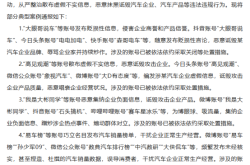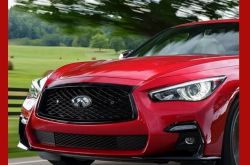Honda and Nissan Merge to Compete with Chinese Automakers?
![]() 12/30 2024
12/30 2024
![]() 554
554
Amidst the surge of China's new energy wave, Japanese cars, particularly those emphasizing economy, durability, and fuel efficiency, have been significantly impacted. Among the "Big Three" Japanese automakers—Toyota, Honda, and Nissan—each has responded differently to this challenge. Toyota, leveraging its vast resources, has opted for full cooperation with domestic new energy supply chains for self-rescue. Honda and Nissan, on the other hand, have chosen to join forces.

Recently, Nissan and Honda announced the official commencement of merger negotiations. The plan is to consolidate both brands under a new holding company through a joint venture, with the potential inclusion of Mitsubishi Motors, a subsidiary of Nissan.
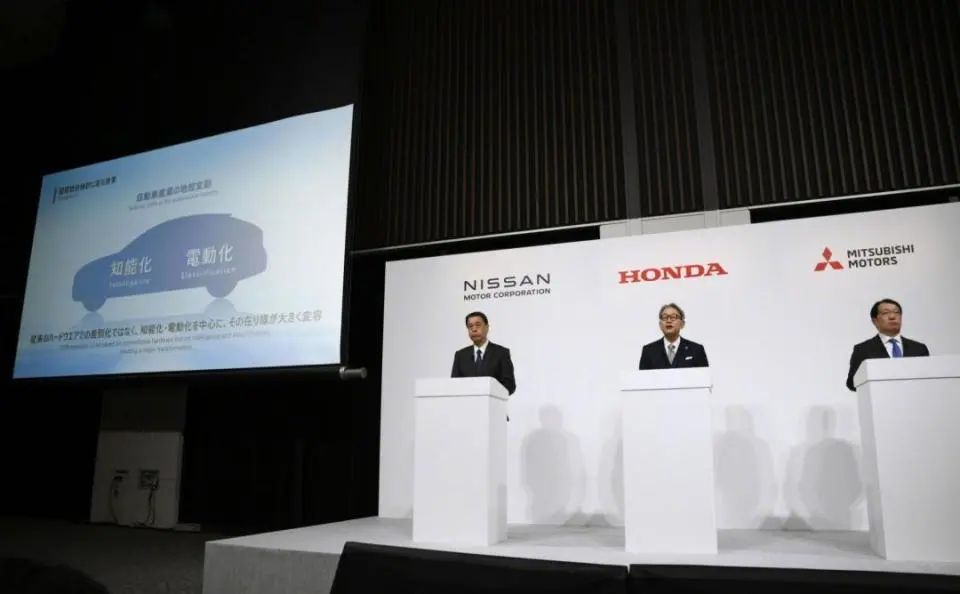
Upon completion, this new group could surpass Stellantis to become the world's third-largest automotive group after Toyota and Volkswagen, with annual sales exceeding 8 million vehicles. Is this move, as many observers speculate, truly a "powerful alliance"?
1. A "Powerful Alliance" or "Huddling for Warmth"?
In reality, both giants facing this merger are in dire straits.
Nissan alone is in a significant financial crisis. According to its official financial report for the first half of fiscal year 2024 (March 2024 - September 2024), Nissan's operating revenue was 5.98 trillion yen, a year-on-year decrease of 1.3%, with a net profit of only 19.223 billion yen, a staggering 93.5% decrease from the previous year. This decline is closely linked to a 5.4% drop in sales in the Chinese market.
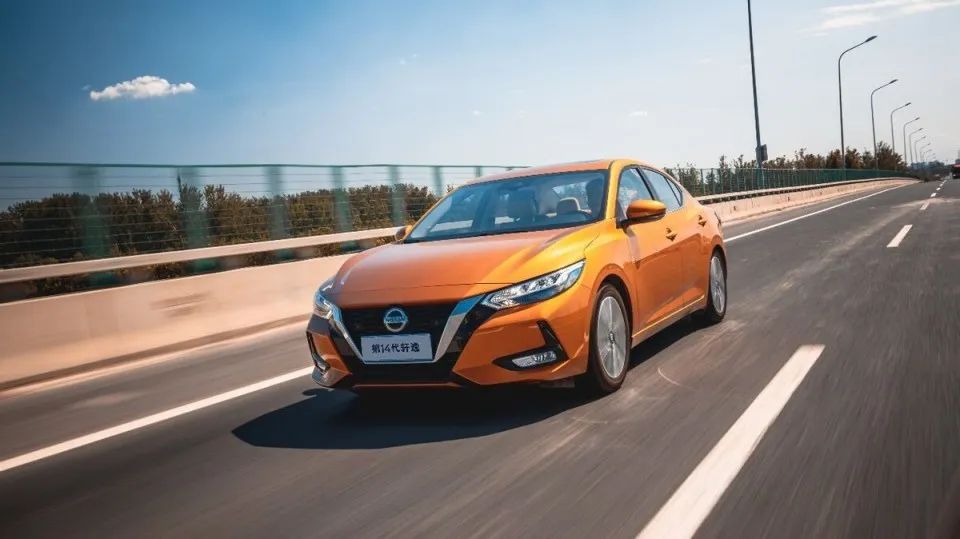
Honda, too, finds itself in a precarious position. According to its financial report for the first half of fiscal year 2024, Honda's revenue was 10.7976 trillion yen, a 12.4% increase year-on-year. However, its pretax profit was only 741.9 billion yen, a 15.6% decrease, with the operating profit margin slipping from 7.2% to 6.9%. While Honda's sales in Japan and the United States have increased, it has also seen a notable decline in sales in the Chinese market.
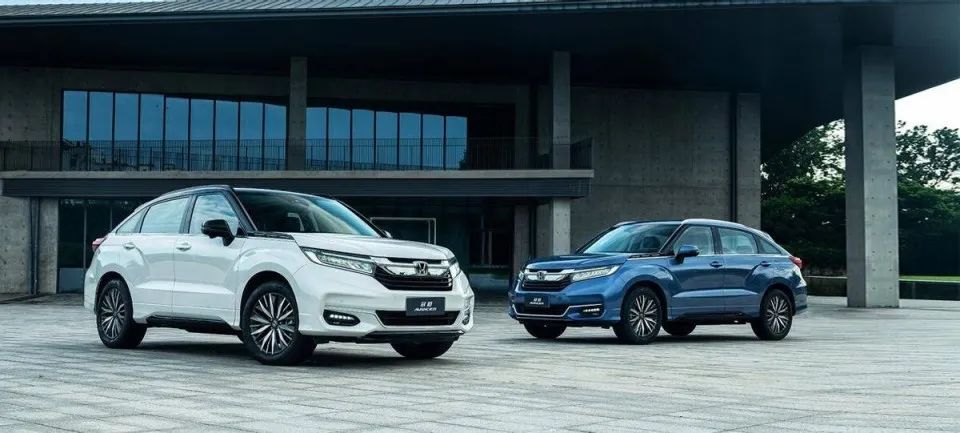
It can be argued that the decline of both companies is due to their inability to compete with Chinese brands' new energy vehicles in the Chinese market. Thus, from a contextual perspective, the merger appears more like a desperate attempt to jointly confront Chinese competitors. Given Nissan's more challenging situation, Honda plays a role akin to a "white knight" in this merger.
2. Can the Two Parties Overcome the Crisis by Joining Forces?
The benefits of the merger are apparent. For instance, both parties can share supply chains in procurement, reducing unit prices based on larger sales volumes. In research and development, they can share technology platforms and integrate R&D resources. At the sales end, the two brands can merge their distribution networks. Overall, these efforts aim to achieve greater sharing and reduce operating costs through economies of scale.
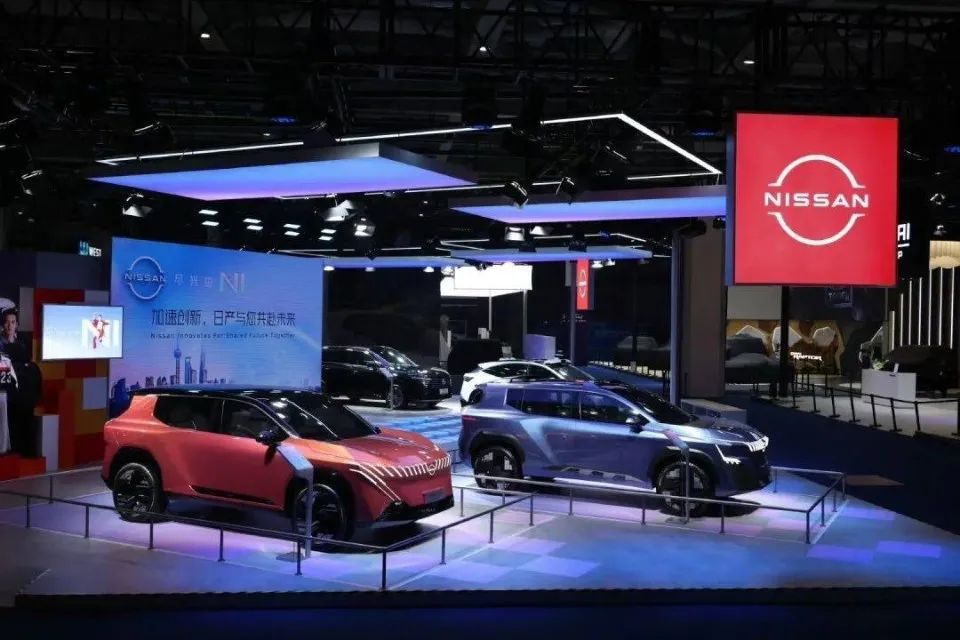
However, fundamentally, the crux of the problem lies in the Japanese manufacturers' loss of competitive edge against Chinese brands' new energy vehicles in the Chinese market.
To date, neither Honda nor Nissan has been able to produce new energy products that can compete with Chinese automakers. They have not even been able to cooperate deeply with China's new energy supply chain, unlike Volkswagen and Toyota, who have produced models like the ID.3 and bZ3 that can at least keep pace with competitors in sales.
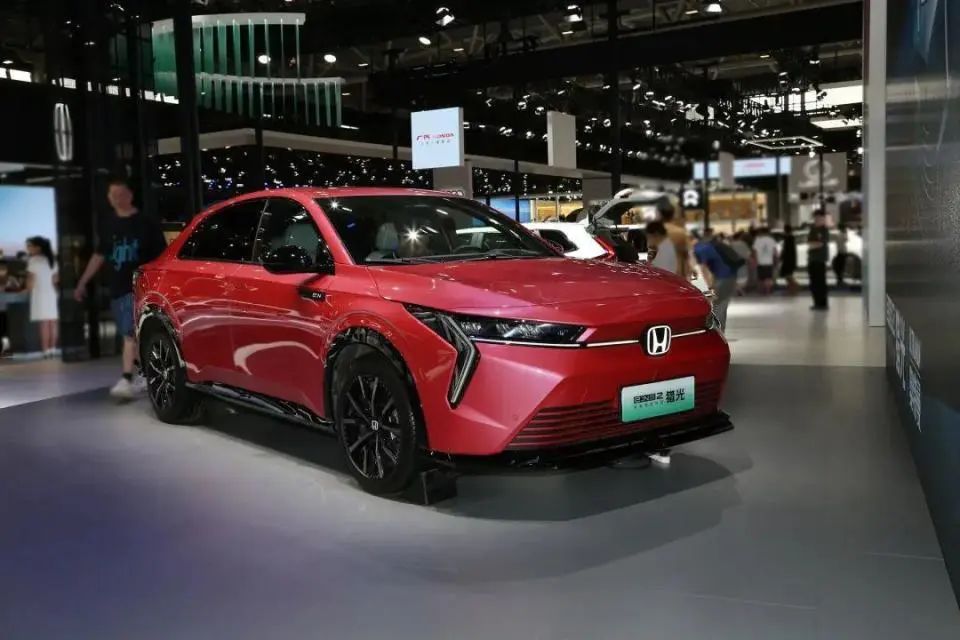
The underlying reasons are twofold: First, both companies lag in research and development capabilities in the new energy and intelligent fields. Second, they have misjudged the needs of the Chinese market, underestimating Chinese consumers' demand for intelligent electric vehicles. From this perspective, merely cost-saving through merger does not seem to address the root problem.

Furthermore, from a brand characteristic standpoint, both focus on economical traditional fuel vehicles. Instead of complementary advantages, there is a direct competitive relationship between the brands. It is uncertain whether such a merger will foster deeper collaboration or intensify internal strife.
3. Conclusion
In fact, both Nissan and Honda were relatively well-prepared for the new energy wave. Nissan was one of the earliest automakers globally to develop pure electric vehicles, with its Leaf once being the world's best-selling pure electric vehicle. Honda also boasts an excellent hybrid system like i-MMD, comparable to Toyota's THS hybrid series.
However, due to the deep entanglement of market interests with fuel vehicles, the development of their new energy products has been severely delayed, allowing Chinese brands to "change lanes and overtake," missing the optimal window for transformation.
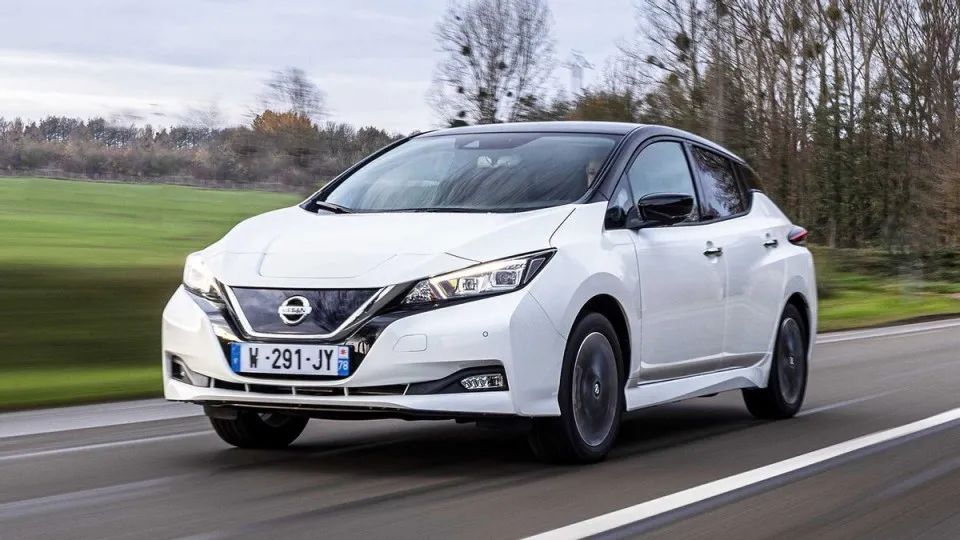
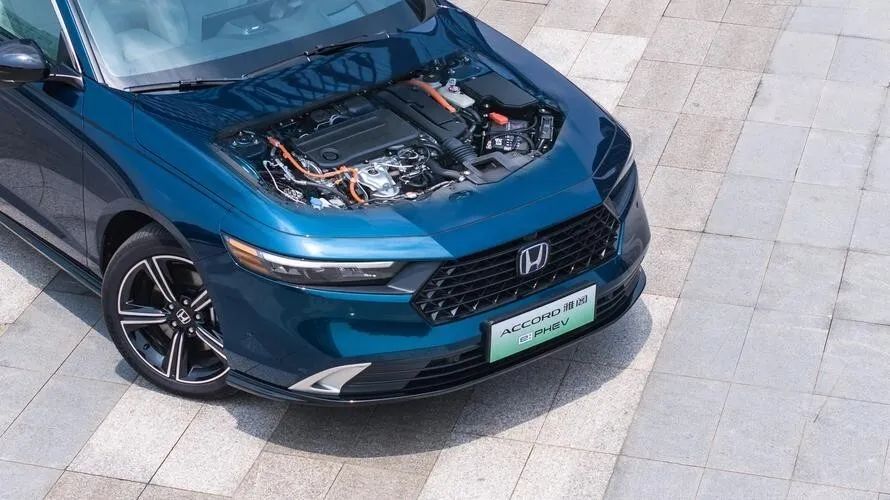
Now, their self-rescue through merger seems more like a hasty and desperate move. Whether they can achieve coordinated development in the future is uncertain, but reducing production capacity, closing and merging factories, and further downsizing and improving efficiency are likely to be inevitable. Are you optimistic about the future of Nissan and Honda post-merger? Welcome to follow "Cheyu Wujiang" and share your thoughts in the comments below.


